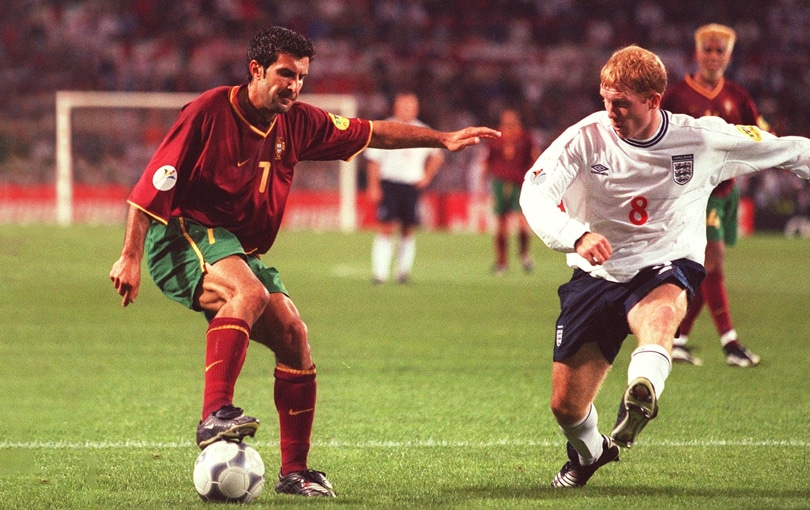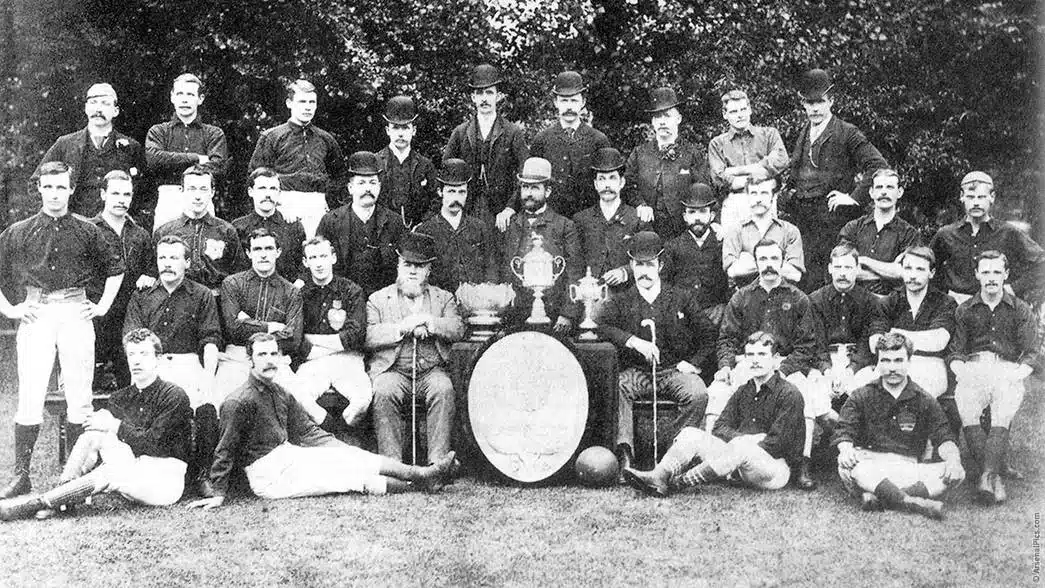Every club has to start somewhere and these are some of the interesting and inspiring stories of how some of the giants of the Premier League were founded.
Manchester United Football Club – 1878
Manchester United were formed in 1878 under the name Newton Heath LYR (Lancashire and Yorkshire Railway) Football Club.
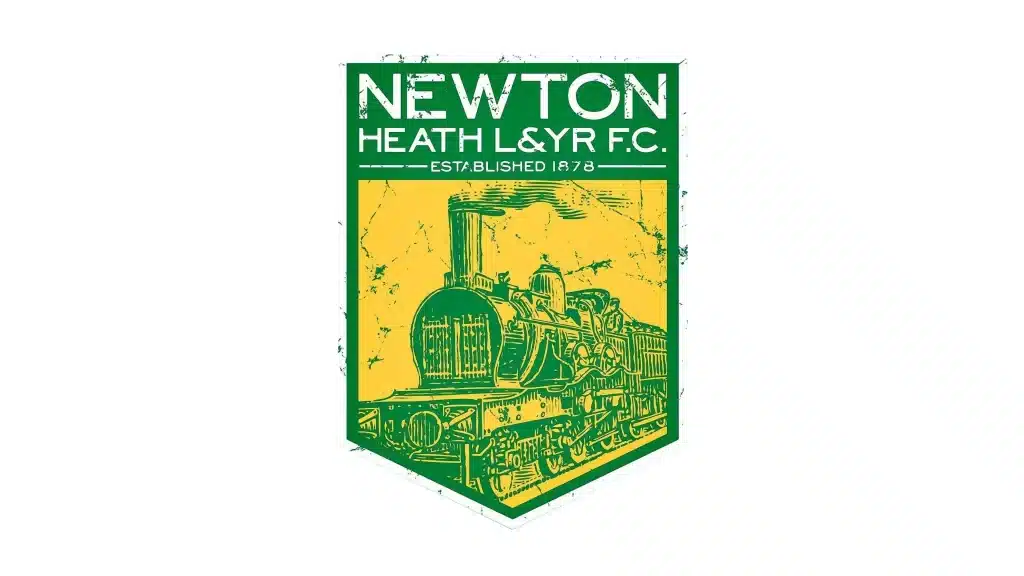
The workers within the Carriage and Wagon department in the railway yard at Newton Heath started off simply playing against other departments and railway companies.
In 1880 Newton Heath played their first recorded match. The team wore green and gold clothes, the colours of their railway company as they lost 6-0 to Bolton Wanderers’ reserve side.
When the football league was founded in 1888, Newton Heath did not join as they did not consider themselves good enough in comparison to teams such as Preston North End and Blackburn Rovers.
Newton Heath joined four years later in 1892 and after just two seasons in the top flight the team found themselves relegated to Division Two.
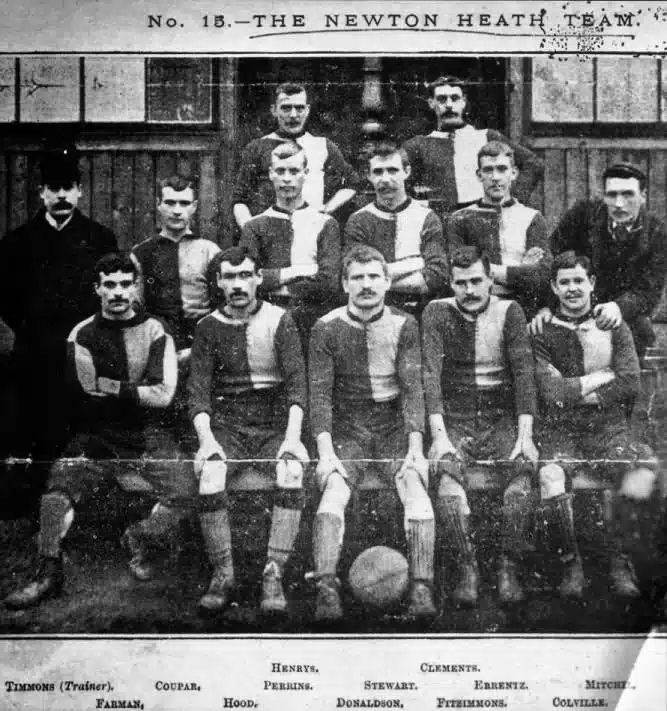
By 1902 the club had found themselves in great financial difficulties and were even on the brink of extinction. Newton Heath captain Harry Stafford found four local businessmen, one being John Henry Davies who went on to be president of the club.
Each man invested £500 in return for a direct interest in running the club. The men also were interested in changing the name of the club.
On 24 April 1902, Manchester United was born.
Liverpool Football Club – 1892
Liverpool Football Club was formed on 15 March 1892. The club was formed after a disagreement between Everton Football Clubs directors and the club president John Houlding.

John Houlding owned Anfield, where Everton originally played their home matches, but after rent issues arose, The Toffees moved to Goodison Park. This left John Houlding with a stadium but no team, thus Liverpool Football Club was founded.
Originally named “Everton F.C. and Athletic Grounds Ltd” (Everton Athletic for short), the club became Liverpool F.C. in March 1892 and gained official recognition three months later, after The Football Association originally refused to recognise the club as Everton.

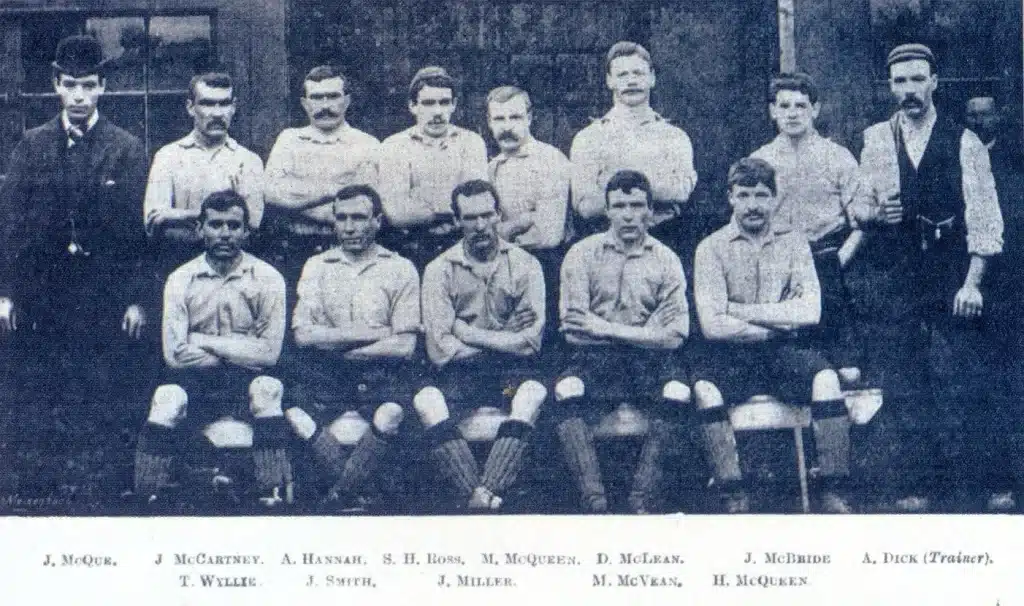
Liverpool played their first match on 1 September 1892, a friendly against Rotherham United which they won 7-1.
Manager John McKenna’s team was made up of entirely Scottish players. McKenna recruited the players after a scouting trip in Scotland. The team were known as the “team of Macs”.
Liverpool won the Lancashire League in its debut season, and joined the Football League Second Division at the start of the 1893–94 season.
The club was then promoted to the First Division two years later. Tom Watson was hired as manager, he led Liverpool to their first ever league title in 1901, before winning it again in 1906.
Arsenal – 1886
In October 1886, Scotsman David Danskin and fifteen of his fellow munitions workers in Woolwich, Kent formed “Dial Square Football Club”.
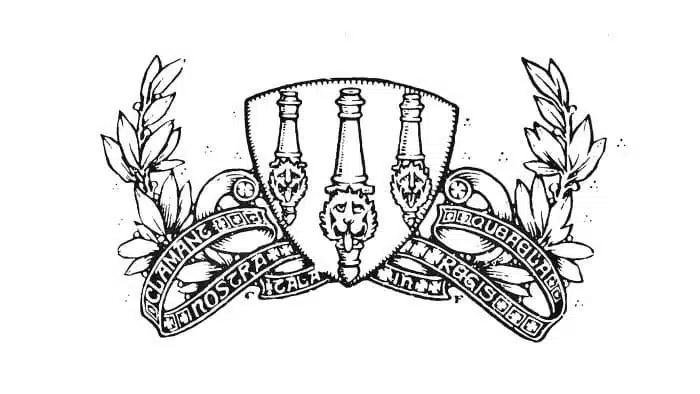
Dial Square was a workshop at the heart of the Royal Arsenal establishment which was used for the manufacture of armaments and ammunition.
Each of the members contributed sixpence and Danskin adding another three shillings to help form the club.
On December 11, 1886, Dial Square romped to a 6-0 victory over Eastern Wanderers; this was the teams first ever match. Shortly afterwards the name “Royal Arsenal” was adopted.
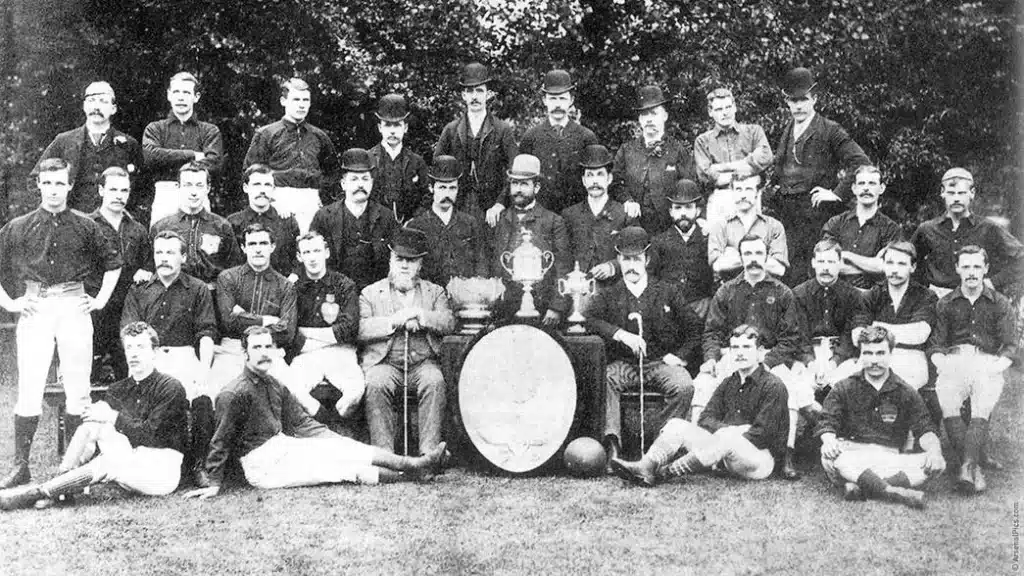
The first trophies that Royal Arsenal won were the Kent Senior Cup and London Charity Cup in 1889–90 and then the London Senior Cup in 1890–91.
In 1891, Royal Arsenal became the first London club to turn professional.
In 1893 Royal Arsenal were renamed once more after becoming a limited company. They were now known as “Woolwich Arsenal”.
Woolwich Arsenal were the first southern member of the Football League, starting off in the Second Division before gaining promotion to the First Division in 1904.
Despite this success Woolwich Arsenal closed due to bankruptcy in 1910. Falling numbers in attendance due to financial difficulties amongst munition workers along with the arrival of newer more accessible clubs in the city led to the closure.
Businessmen Henry Norris and William Hall became involved in the club, and sought to move the team away from South East London.
In 1913 after relegation to the Second Division, Woolwich Arsenal moved to the new Arsenal Stadium in Highbury, North London.
This move saw the club’s third name change, in 1914 Woolwich Arsenal was simply shortened to “The Arsenal”. Later that year, The Arsenal started dropping “The” in official documents, gradually shifting its name for the final time towards just “Arsenal”.
Chelsea – 1905
In 1904 English businessman Gus Mears acquired the Stamford Bridge athletic stadium. Mears intended on making it a football ground and renting it out. After Fulham rejected the offer to use the stadium Mears decided to found his own team to use the stadium.

As Fulham was already a team name in the borough, the name of a nearby borough of Chelsea was chosen. Names such as “Stamford Bridge FC” and “Kensington FC” were also considered.
Chelsea Football Club was founded on 10 March 1905 at the Rising Sun Pub (now known as The Butcher’s Hook), opposite to the main entrance of Stamford Bridge.
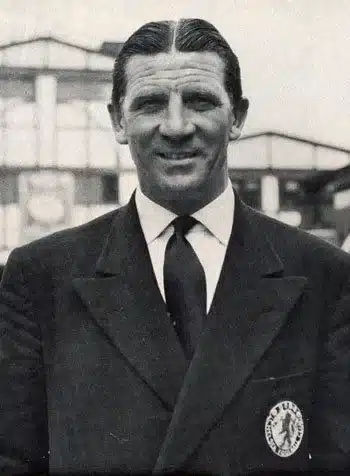
Even in their early years Chelsea managed to achieve the highest attendance in English football in multiple seasons including 1907/08, 1909/10, 1911/12, 1912/13, 1913/14 and 1919/20.
Despite the popularity of the club and the team being known to sign star players, success eluded the club for years. Chelseas won their first major trophy in 1954/55, the First Division title under manager Ted Drake.
Manchester City – 1880
Manchester City was founded in 1880 by St. Mark’s Church, the club simply being known as “St. Mark’s Church”.

West Gorton in Manchester at this time was an area of great deprivation. A place of poverty, racial and gang conflict along with severe violence where “up to 500 men would fight at one time”. Heavy drinking sessions would often be at the centre of these fights also.
One of Manchester City’s founders, Anna Connell witnessed the daily warfare in the area. Anna was “grieved by seeing these men live such wasted lives and wanted to do something for them that could reverse the direction they were going in.”
Anna Connell with the help of her father Arthur, William Beastow and Thomas Goodbehere set up a series of clubs, one being St. Marks Church Cricket Team.
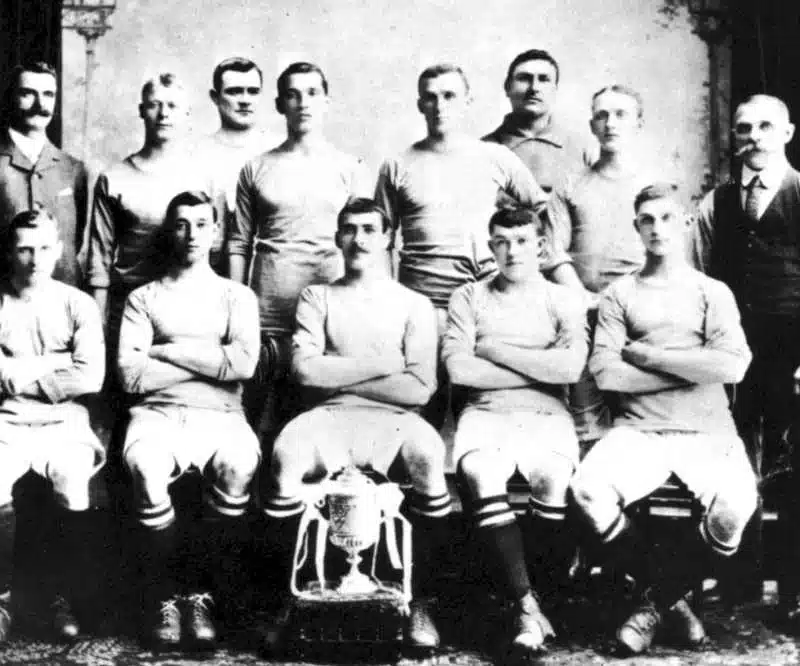
After the initial success of the cricket team, St. Mark’s Church football team was founded.
The Archdeacon of Manchester told one meeting of Anna Connell’s Men’s Meetings: “It must be a great source of encouragement to see how the movement had been taken up, and the highest credit was due to Miss Connell for the way in which it had been carried out. No man could have done it – it required a woman’s tact and skill to make it so successful.”
In 1884 the team was renamed the “Gorton Association Football Club” but three years later was renamed once again to “Ardwick Association Football Club”.
The club entered the Football League in 1892 and two years later changed their name to “Manchester City Football Club”.
Twelve years later, Manchester City won their first major trophy, the FA Cup in 1904, beating Bolton Wanderers 1-0.
Tottenham Hotspur Football Club – 1882
Originally founded as “Hotspur Football Club” the club was founded on 5 September 1882 by a group of schoolboys led by Bobby Buckle.
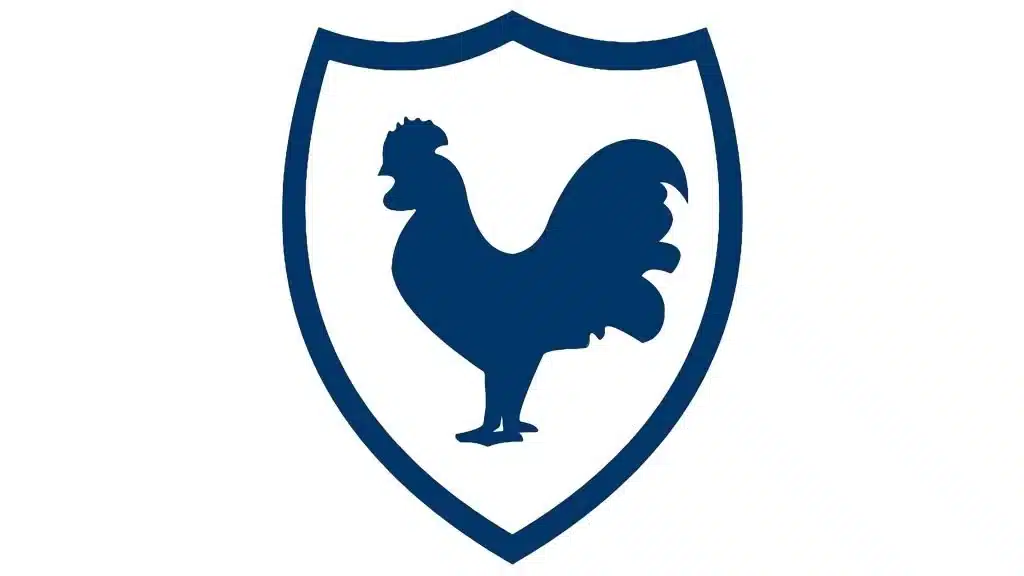
The schoolboys were members of the Hotspur Cricket Club and wanted to start a football club so they could play sports during the winter months.
A year later the boys sought help with the club from John Ripsher, the Bible class teacher at All Hallows Church. Ripsher became the clubs first president and also helped with the daily runnings of the club.
In April 1884 the club was renamed “Tottenham Hotspur Football Club” to avoid confusion with another London club named Hotspur, whose post had been mistakenly delivered to North London.
Tottenham initially just played friendly matches against other local clubs. The club’s first competitive match was against St Albans in the London Association Cup which they won 5-2.
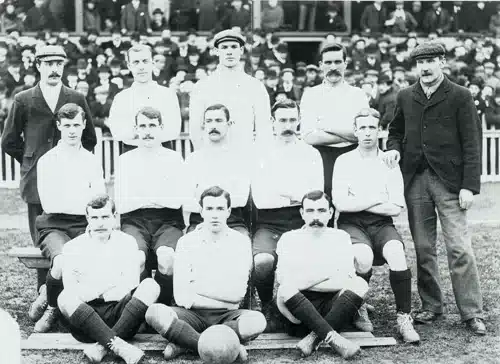
The club turned professional on 20 December 1895 and, in the summer of 1896, was admitted to Division One of the Southern League. In 1898 Frank Brettell became the first ever manager of Tottenham Hotspur.
Brettell signed John Cameron who took over as player-manager after Brettell’s departure.
Cameron had a great impact on the team, helping the club win its first trophy, the Southern League title in the 1899/1900 season.
One year later Cameron and Spurs managed to win the 1901 FA Cup after beating Sheffield United 3-1 in the replay of the final after an initial 2-2 draw.
This victory meant Tottenham were the first non-league team to win the FA Cup since the Football League was founded in 1888 and remain the only team to ever achieve this feat.
The club joined the Football League in 1908.
The Importance of History Within a Football Club
These stories are special and the foundations of what these football clubs are today. Even back then nothing was perfect, financial difficulties existed within the clubs, teams changed their names and plenty of mistakes were made when founding these sides and in the early years of these clubs.
The difference is that these founders had aims for the clubs. They worked hard to try and get the sides into the Football League so they could enjoy competitive football with their fans’ support behind them.



